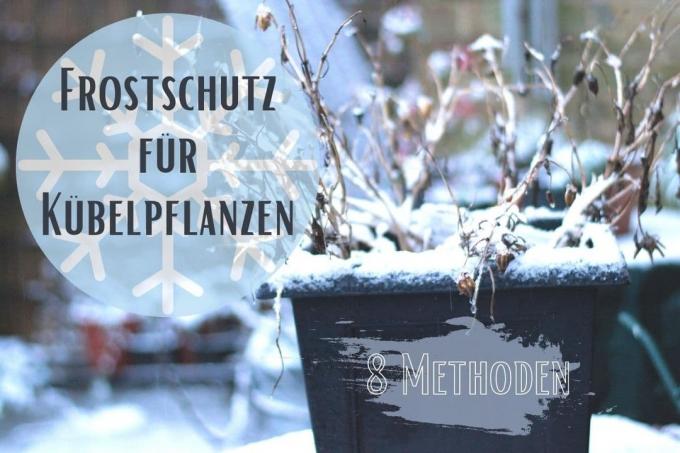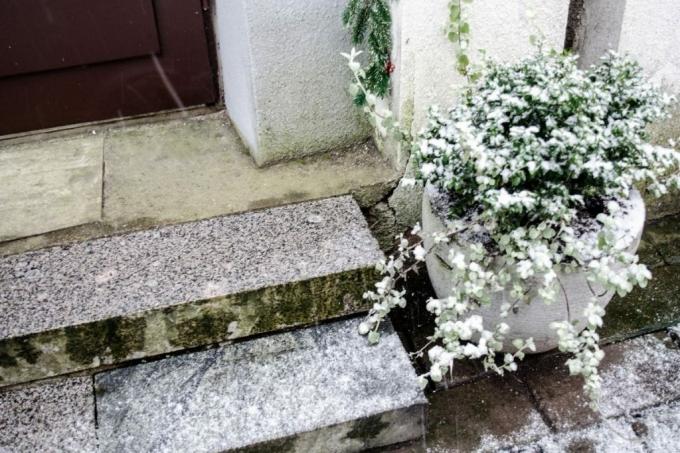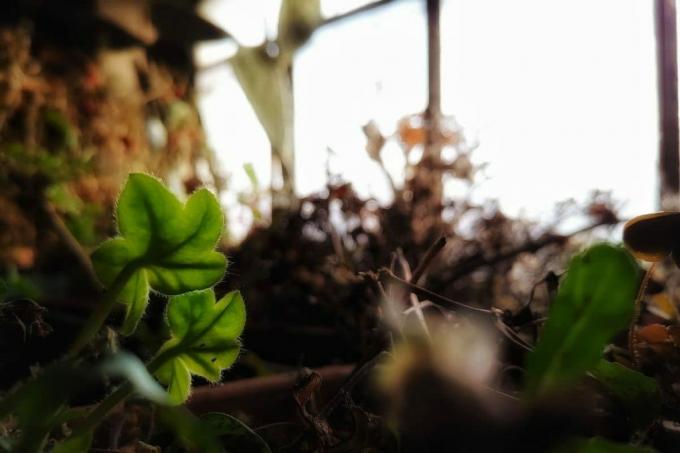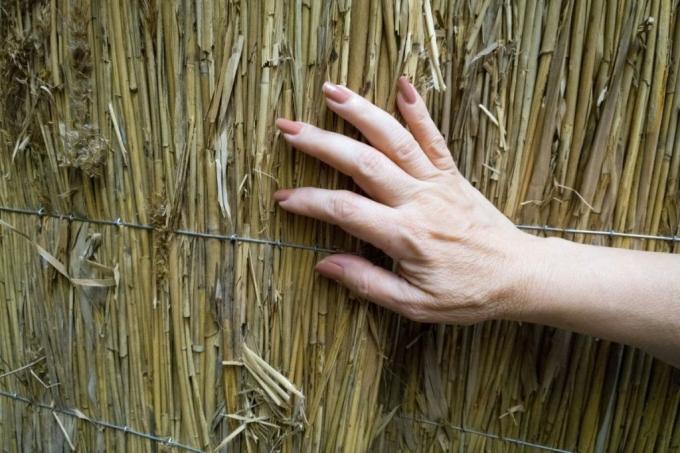
table of contents
- Basics
- Prepare the plants
- Overwinter frost-free
- wood
- Styrofoam
- coconut
- Reed
- Sheep wool
- jute
- Bubble wrap
- frequently asked Questions
While frost-sensitive plants are given up in winter, stand hardy usually outdoors. However, the natural winter hardiness in the bucket can be impaired. Frost protection then provides a remedy for potted plants.
In a nutshell
- good preparation is important
- Winter particularly sensitive plants frost-free
- different materials as protection for the bucket
- insulating underlay protects against the pot bursting and the floor frost
Basics
The right frost protection should ensure that potted plants get through the winter well. It should protect both the above-ground parts of the plants and the root ball in the pot from the effects of frost. Other useful measures:

- Do not place plants in the blazing sun in winter
- Prefer a location protected from wind and rain, e.g. B. on a house wall
- Do not apply frost protection too late or remove it too early
- not too much in winter, but water regularly
- watch out for pests or diseases (mold)
Prepare the plants
Most plants are better off prepared for winter. This includes the following measures:
- at the end of autumn, before it gets cold, place plants in partial shade
- Stop watering plants as much
- Adjust fertilization so that woody shoots in particular can mature
- Remove sick or dead parts of the plant
- examine for pests and, if necessary, remove or treat
Overwinter frost-free
It is easiest and safest to simply overwinter the plants in question in a frost-free room. A cool room in the house or garage is suitable for this. It becomes difficult with many plants and limited space and when the plants are large, unwieldy and heavy. The annual clearing and clearing then requires a lot of time and effort. This is why plants that are not quite as sensitive to cold can, with the right protection, overwinter outdoors.

wood
Wood is a good insulating material, especially when it comes to protection from below. Placing the pot on a wooden base helps to protect it from severe frosts on the ground. The drainage hole cannot freeze over and thus the roots of the plants are not so threatened by root rot from too much moisture.
Note: Too much water can expand in the pot when it is frosty and cause it to burst.
Styrofoam
A thick styrofoam sheet does not only protect from below. If the pot is wrapped in styrofoam on all sides, it is completely protected from severe frosts. Styrofoam has the advantage that it is often used as packaging material and is therefore often already available in the household.
coconut
Coconut fiber mats can insulate from below, but they can also be attached to all sides by wrapping them around the pot. There are even round coconut mats for the surface of the earth, which protect the soil from drying out.

Reed
Reed mats alone are usually too thin to really provide effective frost protection for potted plants. But they are higher than many other materials and protect the entire plant. To improve the protective effect, the mats are wrapped around the pot several times. With this method, protection from below must not be forgotten. The pot is best placed on a wooden or styrofoam pad before it is wrapped.

Sheep wool
The wool of sheep is not only a natural insulation material, it also has excellent properties for regulating moisture. Sheep's wool fleece on the bottom surface of the planter transports moisture better than other materials. The earth cannot mold or dry out so easily. Sheep wool is available by the meter, it is only cut to size and the pot can be wrapped with it.
jute
Jute bags are not only suitable for insulating the pot. The entire plant can be enveloped and protected with a suitably large sack. It is important that the plants are freed in good time in spring and that they are not too wet in winter, otherwise they could go moldy.

Bubble wrap
Foil with large knobs in particular reliably protects potted plants from the cold. However, bubble wrap has one disadvantage. The plants cannot breathe in it and air does not circulate. When it is warm, the soil and plants can literally begin to «sweat». This, in turn, can lead to rot if there is too much moisture.
frequently asked Questions
Since the root space is very limited, even hardy plants can be damaged. The most important thing is to compensate for strong temperature fluctuations. Frequent thawing and re-freezing damage the fine roots.
Depending on the quality of the material used, it can be used again every winter. The winter protection only needs to be adjusted if the plants are moved to larger pots.
Only remove the pot protector when no major temperature fluctuations down to the minus range are to be expected. Do not expose the plants to full sun immediately and fertilize sparingly at the beginning. Cut back frozen shoots.


